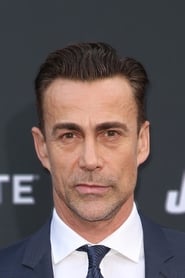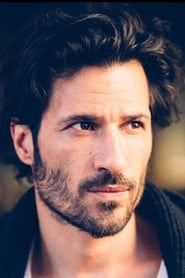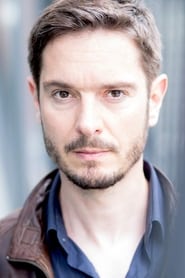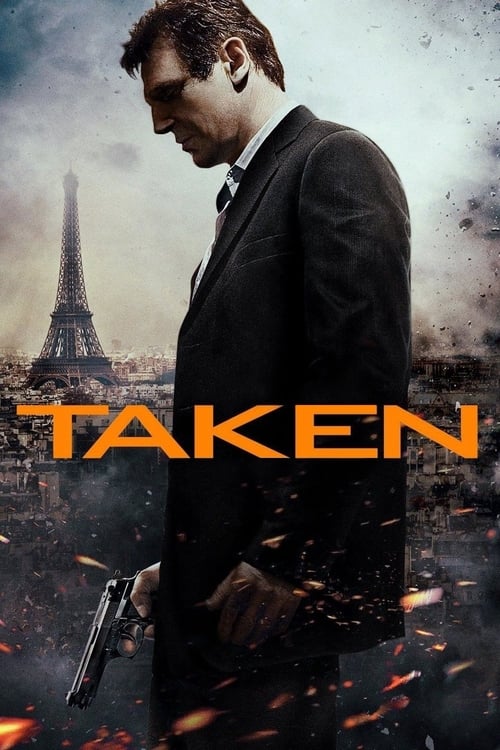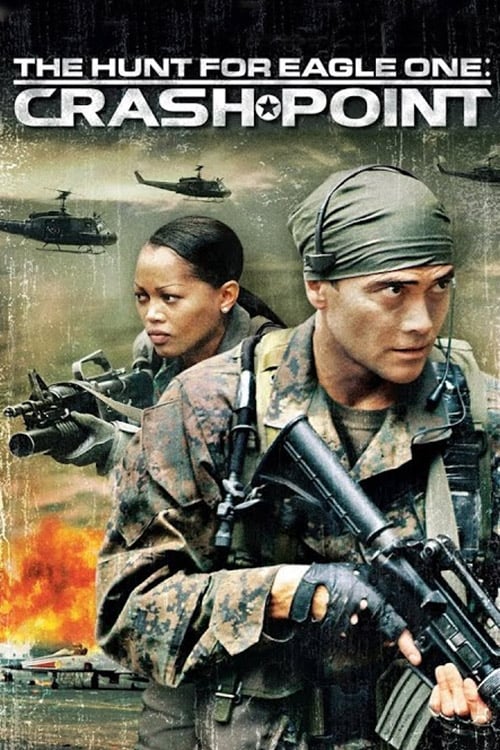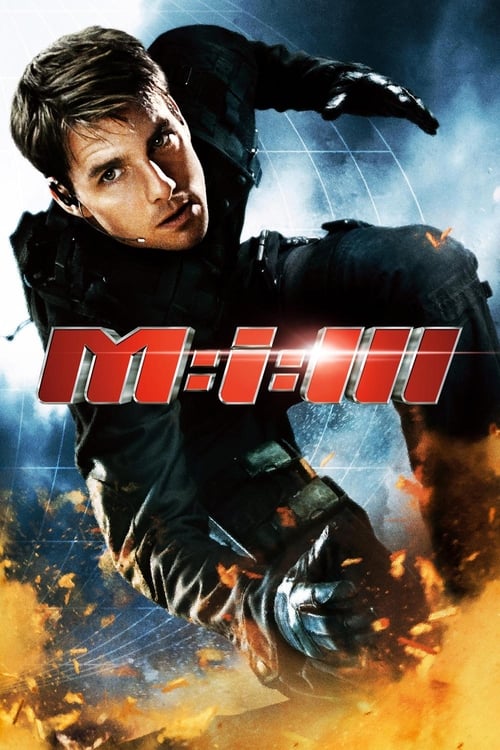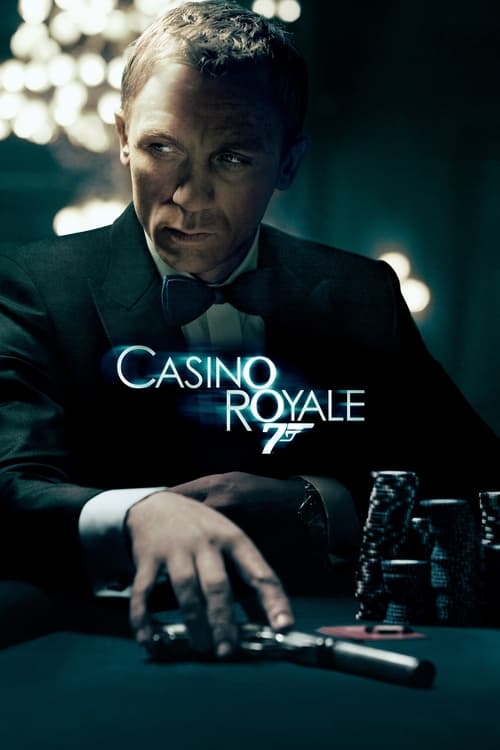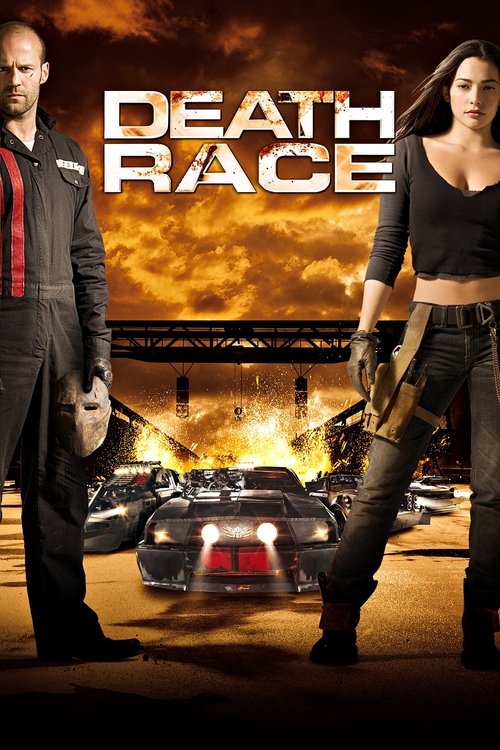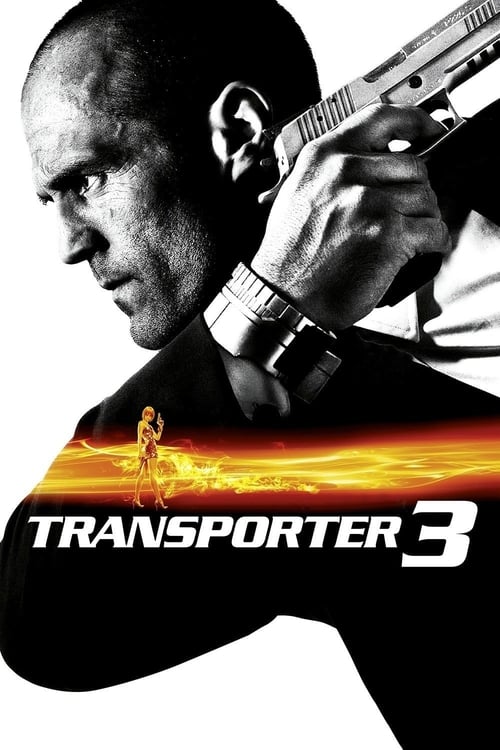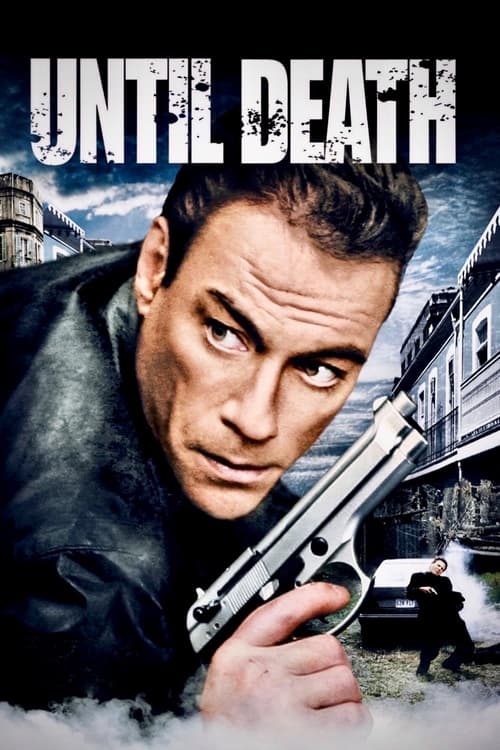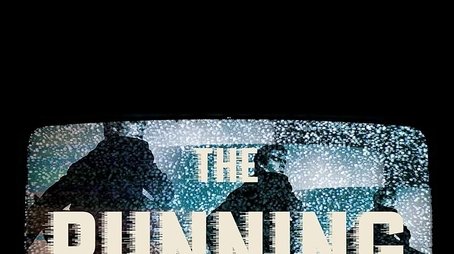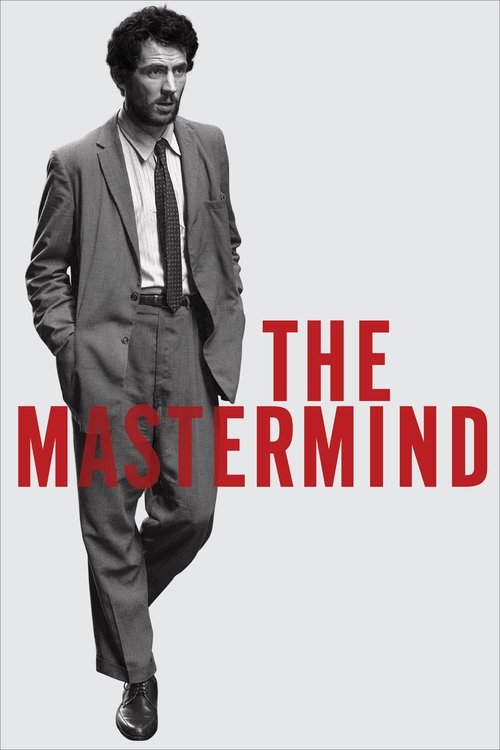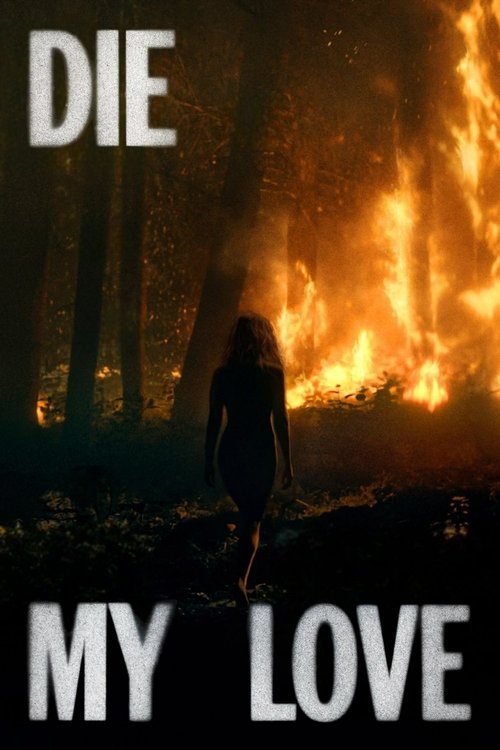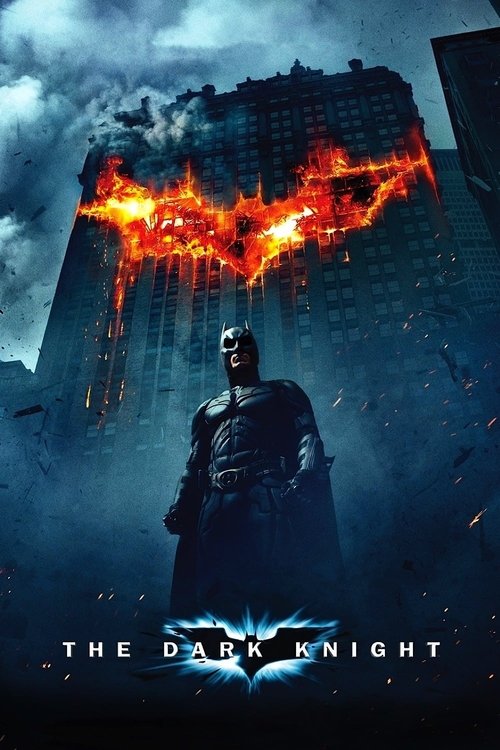
Ask Your Own Question
What is the plot?
The film opens on the grim, rain-soaked streets of Berlin, a city fractured by violent turf wars between Turkish and Neo-Nazi gangs vying for control over drug trafficking territories. The air is thick with tension and menace, the neon-lit alleys and graffiti-streaked walls serving as battlegrounds where brutality is the currency of power. Amid this chaos, a chilling new threat emerges--a serial killer targeting innocent children, adding a layer of horror to an already volatile environment.
At the heart of this turmoil is the police commissioner, a seasoned and determined man whose name is never explicitly revealed but whose presence commands the narrative. He is burdened with the grim task of unraveling the mystery behind the child murders while simultaneously navigating the perilous gang conflicts that threaten to engulf the city. His office at the police headquarters is a stark contrast to the violent streets--a place where strategy, evidence, and desperate hope converge.
The commissioner's investigation begins with the discovery of a young child's body in a neglected courtyard, the victim's small frame a haunting symbol of innocence lost. The scene is raw and unsettling: the child's lifeless eyes stare blankly into the gray Berlin sky, while forensic teams comb the area for clues. The commissioner stands over the body, his voice low and resolute as he mutters, "We cannot let this continue. Whoever is doing this must be stopped before more children die."
As the investigation deepens, the commissioner uncovers a disturbing pattern: the murders are not random but meticulously planned, each victim found in gang-controlled territories, suggesting a sinister link between the killings and the ongoing gang war. The Turkish and Neo-Nazi factions, initially seen as separate threats, begin to appear interconnected through a shadowy network of crime that extends beyond street-level violence.
The Turkish gang, led by the ruthless Cemal Demir, is introduced in a tense scene inside a dimly lit warehouse. Cemal, a man in his forties with cold, calculating eyes, commands loyalty through fear and violence. His lieutenant, Murat, reports recent skirmishes with the Neo-Nazis, their hatred palpable as they speak in hushed tones about territory and revenge. "They think they can take what's ours," Cemal snarls. "We'll show them the price of crossing the line."
Opposing them is the Neo-Nazi gang, headed by Viktor Kruger, a towering figure with a scarred face and an icy demeanor. In a graffiti-covered bar, Viktor rallies his men with a chilling speech: "Berlin belongs to us. These Turks are invaders. We will cleanse our streets." His words ignite a brutal surge of violence, escalating the gang war to new heights.
Amidst this chaos, the commissioner receives an anonymous tip linking the serial murders to a figure known only as "The Watcher," a shadowy individual rumored to be orchestrating the killings as a twisted form of vigilante justice or personal vendetta. The commissioner's frustration mounts as he realizes the killer is exploiting the gang war's chaos to mask their crimes.
One night, the commissioner visits a crime scene in a derelict playground where another child's body is discovered. The scene is haunting--swings creak in the cold wind, and the faint sound of children's laughter seems to echo mockingly in the distance. Forensic evidence reveals traces of a rare chemical, suggesting the killer's calculated approach. The commissioner's voice breaks the silence: "This isn't just murder. It's a message."
Tensions between the gangs reach a boiling point when a violent shootout erupts in a crowded market square. Cemal's men ambush Viktor's crew, resulting in multiple deaths on both sides, though individual names of those killed remain unrecorded. The commissioner arrives too late to prevent the carnage but uses the chaos to gather intelligence, interrogating captured gang members about any knowledge of the serial killings.
In a pivotal scene, the commissioner confronts Cemal in a shadowy alley. "Your war is destroying the city," he warns. "But there's a killer among you, preying on the innocent. Help me find him, or we all lose." Cemal's eyes flash with reluctant understanding, hinting at a fragile truce born of necessity.
The investigation uncovers a shocking twist: the serial killer is revealed to be a disillusioned former gang member, Karl Weiss, once affiliated with the Neo-Nazis but expelled for his extreme methods. Karl's motive is revealed through a chilling confession in a dimly lit interrogation room, his voice cold and detached as he explains, "They took everything from me--family, honor. These children... they are the future, and I am cleansing the city for them."
Karl's killing spree is marked by brutal precision, each murder staged to send a message to both gangs and the police. The commissioner pieces together Karl's pattern, realizing that the next target is a child living in a disputed territory near the Berlin Wall remnants.
In a tense climax, the commissioner leads a raid on an abandoned factory where Karl is believed to be holding his latest victim. The factory is a labyrinth of shadows and rusted machinery, the air thick with dust and dread. As the police close in, Karl emerges from the darkness, wielding a knife with deadly intent. A fierce confrontation ensues, the commissioner narrowly avoiding a fatal stab as he wrestles Karl to the ground.
"Why?" the commissioner demands, panting. Karl's eyes gleam with fanaticism. "To end the cycle of violence. To save the city from itself."
The commissioner handcuffs Karl, his voice steady but weary: "You're not saving anyone. You're just another killer." Karl is taken away, his reign of terror finally ended.
The film's final scenes show Berlin beginning to heal. Cemal and Viktor, though still wary, agree to a tenuous ceasefire brokered by the police, acknowledging the greater threat that nearly destroyed them all. The commissioner stands overlooking the city from a rooftop, the dawn breaking over the skyline. His voiceover reflects somberly, "In a city torn by hatred, justice is a fragile thing. But as long as we stand, there is hope."
The camera pans out as children play cautiously in a newly reopened park, the shadows of fear receding with the morning light. The commissioner's silhouette fades into the bustling streets, a silent guardian in a city forever scarred but striving for peace.
What is the ending?
In the ending of "The Killing Grounds," the main characters face a harrowing confrontation with the malevolent forces that have been hunting them. The survivors, struggling with their own fears and the trauma of their experiences, must confront the reality of their situation. Ultimately, the film concludes with a sense of unresolved tension, leaving the fate of the characters ambiguous and the horror of their ordeal lingering in the air.
As the final act unfolds, the tension escalates. The survivors, now aware of the true nature of the threat they face, are pushed to their limits. The group, consisting of a few remaining characters, finds themselves in a desperate struggle for survival. They are haunted by the loss of their friends and the realization that they are being hunted by a relentless predator.
In a dimly lit clearing, the characters gather, their faces etched with fear and determination. They share a moment of vulnerability, revealing their inner turmoil and the weight of their decisions. Each character grapples with their own guilt and regrets, reflecting on the choices that led them to this point. The atmosphere is thick with tension as they prepare for the inevitable confrontation.
Suddenly, the silence is shattered by the sound of rustling leaves and snapping twigs. The predator, a figure shrouded in darkness, emerges from the shadows, its presence palpable and menacing. The characters scatter, their instincts kicking in as they fight to evade capture. The camera captures their frantic movements, the raw emotion of fear and desperation evident in their expressions.
As the chase unfolds, one character, driven by a sense of sacrifice, makes a stand against the predator. This moment is charged with emotion, as the character confronts their own mortality and the weight of their choices. The struggle is fierce, and the scene is filled with visceral action, showcasing the brutality of the encounter. Ultimately, this character meets a tragic fate, falling victim to the predator's relentless pursuit.
The remaining survivors regroup, their numbers dwindling and their hope fading. They devise a plan to confront the predator, fueled by a mix of fear and determination. The final showdown takes place in a clearing, where the characters face their fears head-on. The tension is palpable as they confront the embodiment of their nightmares.
In the climax, the characters fight back with everything they have left. The struggle is intense, filled with moments of bravery and despair. As the dust settles, the fate of the remaining characters hangs in the balance. One character manages to escape, but the victory is bittersweet, overshadowed by the loss of their friends and the trauma they have endured.
The film concludes with a haunting image of the survivor, standing alone in the aftermath of the chaos. The forest, once a place of adventure, now feels like a graveyard of lost hopes. The camera lingers on their face, capturing the weight of their experiences and the uncertainty of what lies ahead. The ending leaves viewers with a lingering sense of dread, emphasizing the psychological scars left by the ordeal and the haunting nature of survival in the face of unimaginable horror.
Is there a post-credit scene?
The movie "The Killing Grounds" produced in 2007 does not have a post-credit scene. The film concludes its narrative without any additional scenes or content after the credits roll. The story wraps up with the resolution of the main plot, leaving no further developments or cliffhangers for the audience to ponder after the film ends.
What role does the setting play in the development of the plot?
The isolated and treacherous wilderness serves as a character in itself, amplifying the sense of danger and entrapment. The dense forests and rugged terrain create a claustrophobic atmosphere, heightening the characters' fears and forcing them to confront both external threats and their internal demons.
What motivates the character of Sam in The Killing Grounds?
Sam is driven by a deep sense of guilt and responsibility stemming from a traumatic past. His internal struggle is evident as he grapples with the consequences of his actions, which fuels his determination to protect his friends and confront the dangers they face.
How does the relationship between Sam and his girlfriend evolve throughout the film?
Initially, Sam and his girlfriend share a close bond, but as the tension escalates in the wilderness, their relationship is tested. Sam's protective instincts clash with his girlfriend's desire for independence, leading to emotional confrontations that reveal their vulnerabilities and fears.
How does the character of the antagonist influence the group's dynamics?
The antagonist's presence introduces a palpable tension that disrupts the group's camaraderie. His unpredictable nature forces the characters to confront their own fears and insecurities, leading to fractures in their relationships as they struggle to survive and protect one another.
What are the key turning points for the character of Jess in The Killing Grounds?
Jess experiences significant turning points as she transitions from a supportive partner to a more assertive figure. Her initial fear transforms into determination as she faces the reality of their situation, ultimately leading her to take decisive actions that impact the group's survival.
Is this family friendly?
The Killing Grounds, produced in 2007, is not considered family-friendly due to its intense themes and graphic content. Here are some potentially objectionable or upsetting aspects that may affect children or sensitive viewers:
-
Violence: The film contains scenes of graphic violence, including physical confrontations and bloodshed, which may be disturbing to younger audiences.
-
Death: The narrative involves themes of death and loss, with characters facing life-threatening situations that can evoke strong emotional responses.
-
Tension and Suspense: The film builds a sense of dread and anxiety, which may be overwhelming for sensitive viewers, particularly during high-stakes moments.
-
Mature Themes: The storyline explores dark themes such as survival, betrayal, and moral dilemmas, which may not be suitable for younger viewers.
-
Emotional Distress: Characters experience significant emotional turmoil, including fear, desperation, and trauma, which could be upsetting for some audiences.
Overall, the film's content is geared towards an adult audience and may not be appropriate for children or those who are sensitive to intense emotional and physical scenarios.





